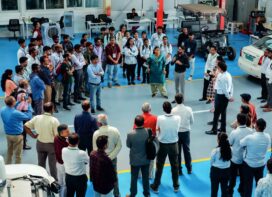There have been concerted efforts nationwide to improve safety on Indian roads. How far have we progressed? What are the essential features of managing a safe system of roads? What are the strategic measures and decisions in this direction? What are the emerging trends in road accidents – its types, costs, profile of states, rural v/s urban driving environments, and are rural roads stereotyped? Vishnuraj V. Thampan spoke to a few providers of safety solutions while assessing the way forward at this point of the continuum
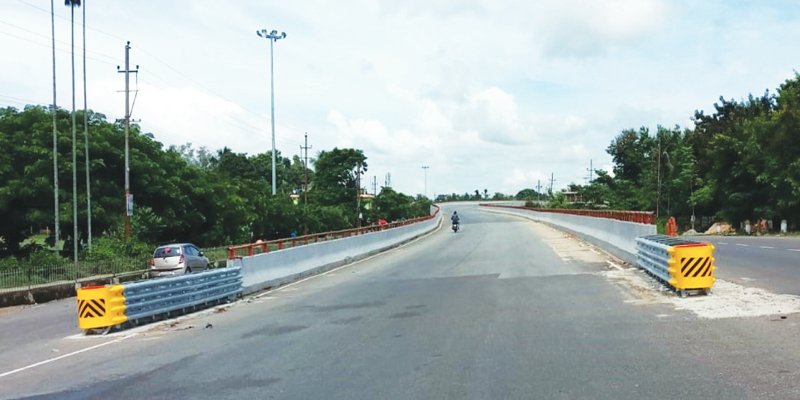
In his message contained in the Annual Report on Road Accidents in India 2021, Nitin Gadkari, Minister for Road Transport and Highways says, “It is indeed a matter of great concern that despite the continuing efforts of the Government in this regard and our commitments for halving fatalities we have not been able to register significant progress on this front.”
The unique complexity of the driving environment in India hasn’t deterred MoRTH from setting the bar high. It is only when viewed in the context of the mesh of realities and resources available, that the magnitude of challenge to make progress emerges. In 2021, about 67% of total accidental deaths in 1,53,972 Road accidents in India, was accounted for the 18-45 years as the worst affected age group. It speaks for the need to follow personal value system of responsible driving above any other priority.
Keeping to absolutes in the face of what is relatively a huge population base, is what makes solutions like the Zero Fatality Corridor (ZFC) solution germinate, and which has made it to the pages of the Stanford Social Innovation Review, that informs and inspires leaders of social change.
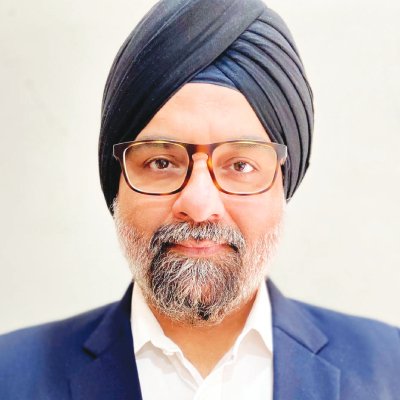
We are a large country, and the importance of testing the reflectivity of the signs and markings regularly and replacing when it drops below threshold, cannot be emphasized enough.”
–Parampreet Singh
User feedback
Views amongst the everyday users, pedestrians and the common man are as varied as what makes the experience of using Indian roads and highways so diverse, no matter the role or use. Most hold and assume a monochromatic and uninformed view that it is a long way till we get safer roads. On the other hand, the change makers are optimists who believe in progress achieved –a step at a time.
Such phased progress is what captures the true story of road transport infrastructure in our country. During 2021, 1,52,586 (37%) road accidents were reported in urban areas and 2,59,846 (63%) in rural areas. This clearly outlines an expected curve to improvement beginning with urban roads turning relatively safer to rural. Further higher share of rural areas in total fatalities reveals comparatively inadequate trauma care facilities in rural areas as compared to urban areas. With advances in trauma care, it is only a matter of time before progress in making urban and rural roads is more conjoined.
Parampreet Singh, Managing Director, Avantech Engineering Consortium Pvt. Ltd., kicked off with a balanced view that, “The users are quite aware of safety and the Government has toiled to raise awareness, and more is necessary to socialize the importance of products such as Impact Attenuators and Truck Mounted Attenuators. Investments and quality employed in safety solutions need to be seen in perspective of the lives saved.”
Avantech with their range of products covering crash barriers, end terminal and impact attenuators, offer their solutions to contractors all over India.
A safe system of road traffic safety
The Executive Summary in International Transport Forum’s ‘Towards Zero, Ambitious Road Safety Targets and the Safe System Approach’, best sums up the basic strategy of a safe system. A Safe System approach ensures that in the event of a crash, the impact energies remain below the threshold likely to produce either death or serious injury.
Innovative solutions form a vital role in such systems. For instance, Anupam Saxena, Executive Director, Daoming Reflective Material India Pvt Ltd, said, “We deploy technology to combine glow with retroreflective products that breathe a second life to continue support at points of complete absence of light sources. This means our products can lean right into and serve mining environments, hospitals – basically any environment that entails absence of light sources.”
DM offers innovative products that provide reflective safety solutions for road traffic safety. Their high security number plates embody the practices of using authentic products of quality. DM advances the concept of personnel safety as a vital component of road traffic safety. Anupam emphasized that in the end, solutions to raise and encourage personnel safety would be intrinsic for a pragmatic impact of road traffic safety solutions.
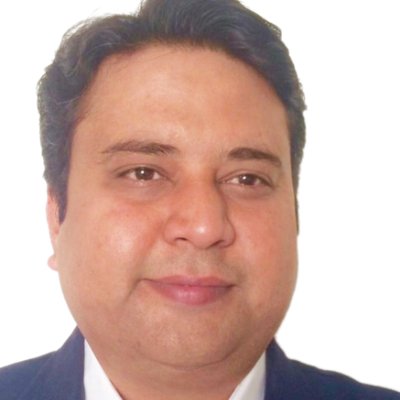
IRC has done a commendable job in the area of road traffic safety. There is a very important need now to make sure that such efforts and standards are propagated right down the value chain soundly, for these strategies to bring out the impacts desired.”
–Anupam Saxena
Different levels of roads and safety
There are three levels of safety, similar to the classifications used in the field of occupational safety and health. One level would concern real-time risk reduction, which provides users at severe risk with a specific warning to enable them to take mitigating action. Another level is about efforts to reduce crash risk by applying road-design standards and guidelines (such as from MoRTH), to improve driver behaviour and enforcement.
As we know, roads are broadly classified into three types: Major national highways reserved for vehicles which are often designed to minimize and attenuate crashes; Built-up state roads and highways, and non-built-up rural roads with a varied speed environment.
It is not unusual as well for an over enthusiastic approach to use road safety solutions and products. “A two-lane highway can have the optimum solution matching the speed limits of the road.” Anupam observed deftly. “An overwhelming proportion of rural roads have non-standard applications and approaches to road safety. It isn’t true that all standard solutions involve intensive costs. Standard solutions do exist for their budgets.”
Neha Madan, Associate Manager-Marketing & Business Development, S.Asia and EMEA,
Avery Dennison (India) Private Limited, observed, “Awareness and enforcement isn’t uniform across the spectrum. There isn’t an easy answer. It’s neither a yes nor a no. While we can be turnkey in devising the right solution, using the right product for the right application is a collaborative effort. We specialize in road and highway safety solutions and are committed to making the world’s roadways safer”.
Their range of reflective solutions cater to safety on roads and highways including products designed for contour marking on vehicles. The conspicuity tapes and prismatic sheeting designed for emergency vehicles like ambulances and police fleet make it easy to spot these vehicles in low lighting conditions. Other products in this segment include rear marking plates and car license plates which are widely used across the country.
Given the expansive geographical area that the categories command, Parampreet particularly pointed out, “At Avantech, we provide solutions to manage such requirements and deliver results. We have a simple goal to reach the largest span of clients and serve diverse needs by offering competitive products of high performance, to have our clients agree that we have provided the best value!”

There’s potential for big leaps in enforcement. We have the tools and standards, but the bible isn’t always followed… with penalties and checks on use of spurious materials, this can be contained.”
–Neha Madan
Strategic decisions and measures
Even over a century of study and work on Traffic safety, the common causes of road accidents stay the same: Over-speeding, drunk driving, distracted driving, reckless driving, poor road conditions and poor vehicle maintenance.
Elaborating on the sheer diversity of road accident causes, Anupam elaborated further, “We provide solutions for all needs of road safety; we also customise for applications in tourism, the airport sector, railways, personnel signages, markings for townships, SEZs; even extending to Marine safety.”
Parampreet added another dimension. “We see that while technologies are available, Robust enforcement will go a long way. Periodic functionality tests are vital for sustained road safety over time. Enforcement, regulation and we solution providers can collaboratively ensure to exploit the full potential of use of existing technologies in road safety.”
On the other hand, actions by users like following speed limits, obeying traffic rules, signals and signs, avoiding distractions, being aware of the driving environment, right use of vehicle lights etc are pressed upon.
The road marking products by Shri Balaji Road Marking Machines, offer solutions that support quite a swathe of actions by users. CEO Nitin Nakhat, notes with pride, “SBRMM is associated with road safety since 2014. Focused on all solutions, ours is the first completely indigenous Indian manufacturer of road marking machines.”
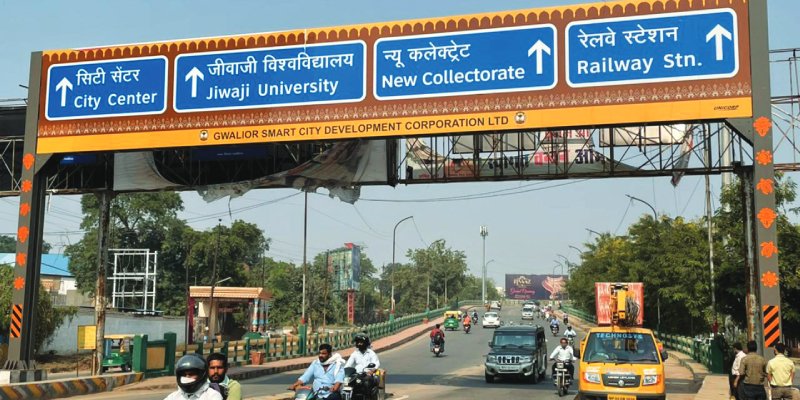
Trends
Compared to the previous year, the number of road accidents increased in 2021 by 12.6% on an average while the number of deaths and injuries increased by 16.9% and 10.39% respectively, quite correlated to a return to normal from COVID-19 lockdown of previous year.
Anupam noted on what might be causing such shifts, “it’s quality that will save the day, and counterintuitively, it’s not always costly. Keeping to standards is paramount. Even presence of speed limit markings goes a long way. And so is the awareness of safety products and technologies across the board. As expert partners, we bridge any knowledge gaps with ease and our ingenuity, whereas regulators chip in with enforcement. And we serve solutions across the span – rural roads to top end expressways.”
And about retroreflective fabrics he observed them to be a set of products that seem to be showing benefits. “Retroreflective applications are increasingly being used on fabrics given the role they play in personnel safety. This is across environments and not just for applications to ensure road safety. Interestingly when consulted, we are simply asked for retroreflective tape and associated solutions. When we enquire back about wash cycles, product life span, we don’t hear back responses that assure us that our customers have a deep knowledge of solutions they invest in. Of course, this needs to change.”
Although the percentage share of the three broad categories of roads (National Highways, State Highways, and other roads) in the total road length is highly uneven, the distribution of the number of road accidents, fatalities and injuries in 2020 among these road categories was much less skewed.
Nitin Nakhat brought in an astute observation about continued safety on roads of all types, “On high-speed highways, our machines can lower fatalities by 30~40%. Our road marking solutions can unlock 35% more space for a given parking lot. We need to move to self-propelled road marking equipment, that eliminates the scope of human error from the challenge of marking extensive distances, as on the new Bundelkhand Expressway.”
Type of accidents and costs
Peering closer, the share of road accidents by type in India in 2020 was 33% for fatal accidents, 35% for minor injury accidents, and 32% of or non-injury accidents. A study conducted by the MoRTH found that the socio-economic costs of road crashes are over ₹1,47,114 crore or 0.77% of India’s GDP.
With such daunting costs, Anupam raised the need to be very cautious. Given the diversity and geographical span of our roads, he insisted that both traffic and personnel safety were important. Tyre punctures are a fairly common inconvenience drivers face. When making repairs, all drivers put up as a marking – if at all – is the reflective triangle. But that is not sufficient. What about the safety of the person making repairs on a road area? In Europe, it’s mandatory to wear a retroreflective jacket of standard and a triangle displayed.”
This of course raised the all-important question on how a dilemma inherent challenge could be resolved. But he added helpfully, “You can only go to an extent to educate about the risks and need of safe road use. Beyond that enforcement takes over. Consider the example of repair of tyre punctures mentioned. We need to enforce that while carrying out repairs, it’s not just the retroreflective triangle that’s necessary but wearing a retroreflective jacket is mandatory as well. This is not quite alike the campaigns on use and enforcement of wearing seat belts while driving. And while we educate about this, we need support through infrastructure as well. Here is what I mean – the provision of a retroreflective jacket needs to be part of the standard equipment, included on purchase of a vehicle.”
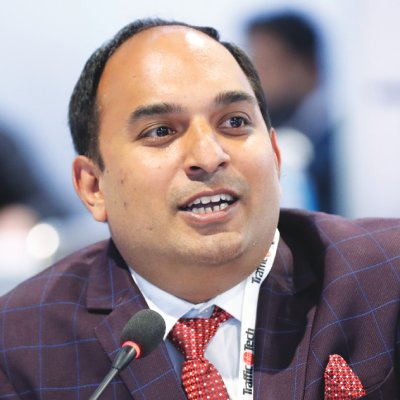
There have been monumental changes, but the indigenous technology for road markings have moved little. Fault free function of imported retro-reflectometers can make a key difference between life and death.”
–Nitin Nakhat
Primary causes
According to MoRTH, the large number of road accidents were traced to human error, poor road infrastructure, and vehicle condition, as primary causes.
Enforcement of safe driving practices does play an important role and Neha agrees, “There is good collaboration between solution providers and regulators and more needs to be done. We host seminars and conferences inviting international bodies and NGO’s on the culture of driving safe.”
Anupam brought out an interesting angle on the relation between solution providers and regulators, “Perhaps the remaining disconnect between engineering and enforcement still needs bridging. Reducing speeds to lower accidents is an example. Solution providers and regulators need to collaborate to make driving safe at designed speeds. As an example, consider the safety design of speed breakers. Often the markings are either too low on vertical signages or too close to the speed breaker, to warn speeding drivers. If we look at curve warnings, and stop and go signs on road merging, you will find similar situations.”
States and Metros and Rural Roads…
According to a report by the National Crime Records Bureau (NCRB), maximum fatalities in road accidents on the National Highways took place in Uttar Pradesh (13.5%) followed by Tamil Nadu (10%), Maharashtra (7.5%), Rajasthan (6.8%) and Andhra Pradesh (6.7%) during 2021. In 2021, 50 cities with a population of a million and above, accounted for 16.3% of the total of accidents and 9.9% of total fatalities in the country. Urban areas shared 37% of accidents whereas corresponding share of Rural area as at 63% in 2021.
These do stand a chance to improve by using the right product. Neha states, “The right reflectivity is key. Different roads need different products. Our signages are durable for 15 years, and are enhanced with images for visual impact. We even include QR codes that point to project data. We have seen the road and highway infrastructure grow by leaps and bounds, but that growth needs to be sustained. Our products care for the environment, with sustainable sheeting and low VoC solutions.”
Parampreet brought out the cruciality of regular maintenance, which is apt for the high traffic in metros. Sustained functionality can be enforced by regulators. With increased periodic checks the efficacy of solutions by providers can raise road safety.
Nitin Nakhat had a useful step for an improvement, “We need a timely check of contractors work, with a defect liability period, where the DLP is set for at least five years.”
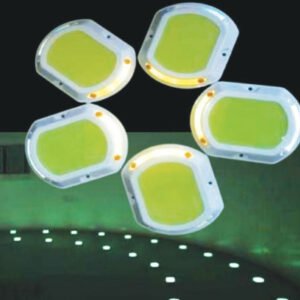 Mitigation measures
Mitigation measures
MoRTH has formulated a multipronged strategy involving steps for education, engineering, training, electronic monitoring & enforcement and also the Integrated Road Accident Database iRAD initiative.
Often the natural response to manage risks in high incidence zones of premier expressways is to lower permissible speeds. This may have an adverse impact on value and user experience, which is made real only after making tremendous investments. Anupam pointed out, “It is vital to enforce user norms to sustain overall user experience. And we support in with our ‘Lunch and Learn’ sessions at RTOs, we drive the adage that capability comes with knowledge.
“We do have the support of decision makers and their trust. Its’ the end level contractors that present opportunities to improve further. Improvisations are not uncommon and rate pressures are high. However, as experts and engineers, I see a much larger role. We cover a very large span of work and expertise.”
Neha adds, “The authorities have been supportive and knowledgeable about our production solutions. Perhaps it is about spurious products and appropriate penalties, that would give quite a necessary boost to making our roads safer. We are making significant investments in building innovation, expertise and in robust R & D.”
Nitin Nakhat shared further, “As solution providers, we recognize and take efforts to provide the best machines and solutions. When coupled with stringent monitoring for continued functionality and supportive budgets for quality installations, by regulators and authorities, it will make for a potent combination. First, we promote mechanized road marking, and as a second we are carrying out over 24 programs for PWD and NHAI offices all over for skill on testing methodologies, and finally third – we foresee India to emerge as a key hub of road safety products. At SBRMM, we already serve needs in 25 countries, and are targeting a 100% growth in our geographical reach to 50 countries, by end
of 2024.”
 TrafficInfraTech Magazine Linking People Places & Progress
TrafficInfraTech Magazine Linking People Places & Progress

